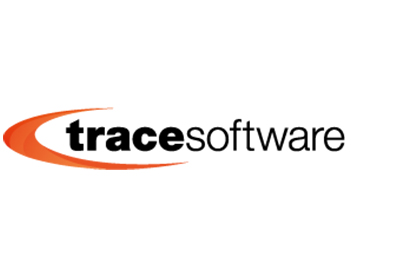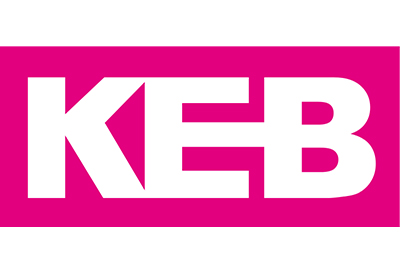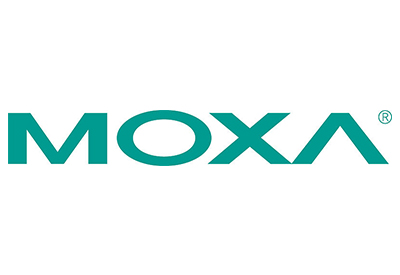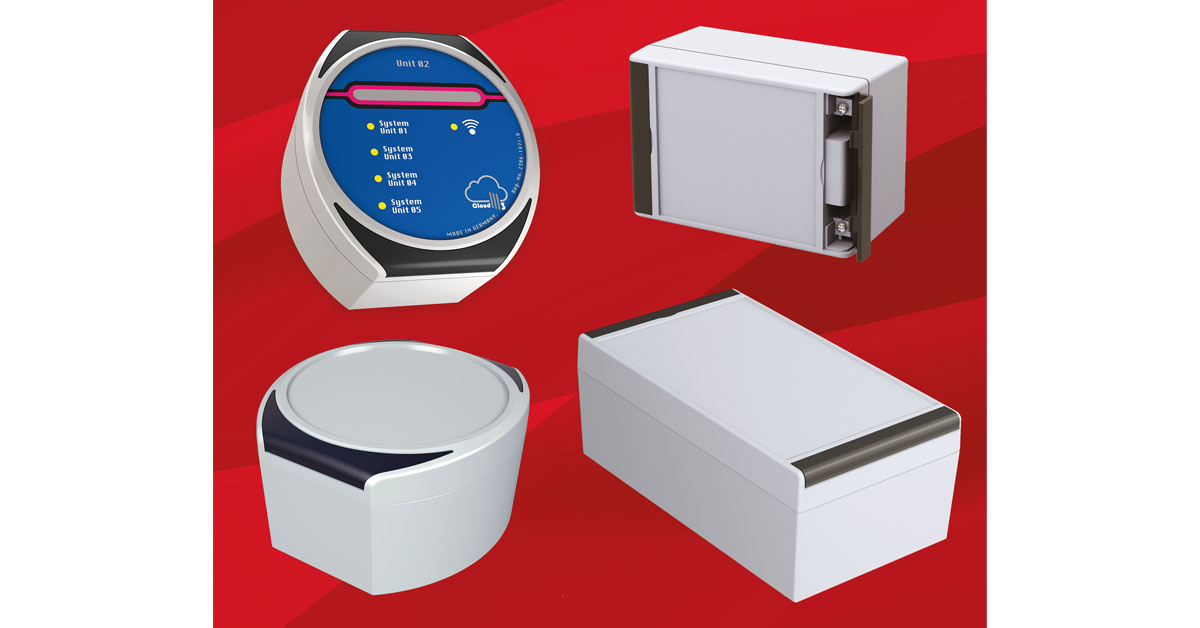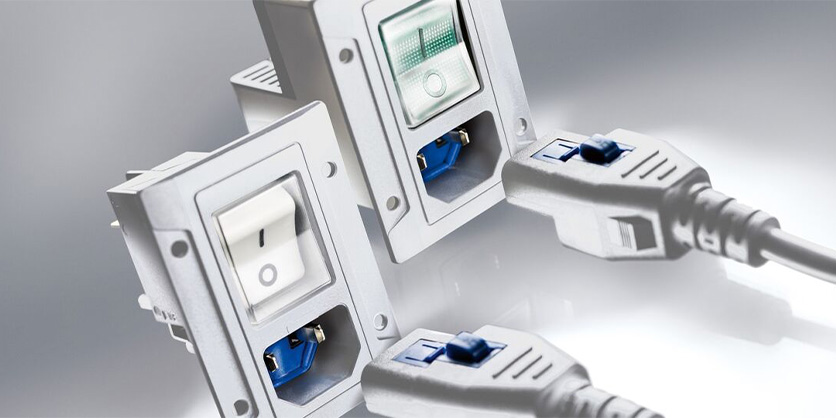A Quick Guide for Your Annual Lockout/Tagout Audit

March 29, 2022
Companies required to follow lockout/tagout procedures outlined by OSHA standard 1910.147 must also perform an annual inspection of their established policies and authorized employees.
The primary goal of the annual lockout/tagout audit is to confirm that existing lockout/tagout procedures are still adequate and accurate.
The audit will also confirm whether authorized employees understand the lockout/tagout procedures in place and that they are using them every time a machine is being serviced or undergoing maintenance.
When and How to Conduct an Annual Lockout/Tagout Audit
Here are a few things to keep in mind as you prepare for an upcoming lockout/tagout audit.
Why you should conduct an audit
Conducting regular audits of your procedures and the employees who are authorized to perform them will confirm that your safety program is running smoothly. You can catch inconsistencies or errors before they cause injuries. You can also make sure that your employees fully understand their role in the lockout/tagout process.
When to audit
While the minimum expectation is to perform an annual audit, you can regularly audit your procedures and employees. OSHA’s standard states that employers “shall conduct a periodic inspection of the energy control procedure at least annually to ensure that the procedure and the requirements of this standard are being followed.” (1910.147(c)(6)(i))
Who should do the auditing
The audit should be conducted by someone who is not directly involved in performing the lockout/tagout procedure that is being audited. The OSHA standard states that periodic inspections should be “performed by an authorized employee other than the ones(s) utilizing the energy control procedure being inspected.” (1910.147(c)(6)(i)(A))
You can select someone from your company to perform the audit, such as a supervisor. You can also bring in a third party to complete the audit. As an observer who is not directly involved in the inspection, the auditor can identify and correct any deviations from the employee’s process. They can also make suggestions for training improvement to verify that all authorized employees understand the procedures and perform them adequately.
How to certify the audit
Once the audit is complete, the auditor must certify that an audit took place. This is outlined in OSHA standard 1910.147(c)(6)(ii). The certification should identify the inspection date, all employees included in the inspection, and the person who inspected the specific piece of equipment or machine utilizing the energy control procedure.
Annual Lockout/Tagout Audit Steps
The three components you need to check during an annual inspection are:
● Your lockout/tagout procedure,
● Your employees’ usage of the procedure, and
● Compliance with the overall lockout/tagout program within your organization.
1. Lockout/tagout procedure and accuracy per machine
Review these items to verify the accuracy of your lockout/tagout procedures on equipment:
● All necessary equipment has a documented procedure
● Every procedure is accurate and includes current equipment configuration
If procedures are lacking, take these steps:
● Revise inaccurate procedures
● Create new procedures for any equipment that does not already have documented procedures
2. Authorized employees’ knowledge and usage of procedures
When auditing employees, you want to look for these things:
● Employees can correctly follow the proper sequence of procedures to lock out the equipment and restore it to service
● Employees can place the locks, tags, and devices on the energy source disconnects
● Employees demonstrate understanding of when to lock out equipment and how to handle particular situations, such as group lockout or troubleshooting
If employees do not pass inspection, another training is required to verify that all authorized employees understand and can safely perform the lockout/tagout procedures.
3. Overall program and policy compliance
After inspecting individual machines and employees, the audit concludes by reviewing the overall program.
● Review overall program for effectiveness
● Review program enforcement criteria
● Determine if enforcement criteria are being followed
Creating procedures for lockout/tagout is just one part of the process. If the lockout/tagout procedures are not being enforced, changes will need to be made to ensure employee safety.
![]()
https://www.rockwellautomation.com/en-us/company/news/blogs/quick-guide-loto-audit.html


